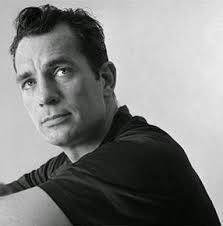The term writer's block calls to mind the cement road blocks set up to stop traffic. They are heavy and non-descript. Lately, I've decided to rename and reframe this concept. It time to refresh the language. "Writer's block" is a cliché. Likewise, we make comparisons between being unable to write and a well going dry. It's overdone. The trouble with clichés is that they don't awaken us the way that fresh images and metaphor can.
Instead, I reach for other images. The farmer's fields yield more if there are seasons when they lie fallow. The writer might allow his or her fields to rest and replenish. The concept of emptiness would then be understood as cyclical. Fields are empty during winter. After seeds are planted, they only seem empty before the seedlings emerge. After harvest, the ground is turned over. We irrigate and fertilize. We seed and re-seed. We make and mend fences. Do you do this for the fields of your mind?
After the intense flows of words, it's only natural to hold silence. Writer's emptiness is to be embraced, as in the Tao:
Tao Te Ching: Chapter 11
translation by Yasuhiko Genku Kimura (2004)
Thirty spokes share a hub;
The usefulness of the cart
lies in the space where there is nothing.
Clay is kneaded into a vessel;
The usefulness of the vessel
lies in the space where there is nothing.
A room is created by cutting out doors and windows;
The usefulness of the room
lies in the space where there is nothing.
Therefore,
The benefit of things lies in the usefulness of nothing.
In other words, trust that you also are the hub of a wheel, the vessel, or the room. Be glad for the usefulness of silence. Practice solitude, mindfulness, and acceptance. Protect emptiness -- it is the place where new creative work begins.
more translations of this and other Taoist thoughts at
http://www.earlywomenmasters.net/tao/ch_11.html



